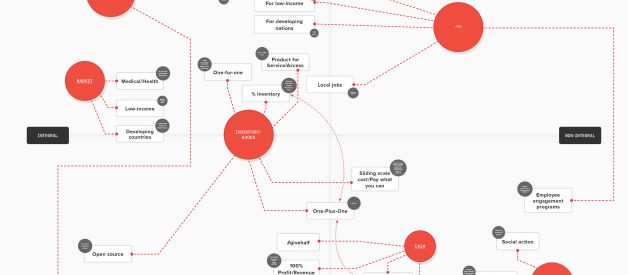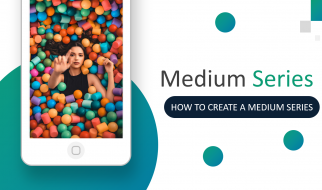What can we learn about Purpose from design? In preparation for launching this series and my consulting business, I decided I needed a bit of a crash course on design. I?ve always been interested in design (particularly interior and visual design), and I?ve always thought of myself as a creative person, but I?ve always felt I lacked the skills to succeed.
Well, now at least I know I was mostly lacking the knowledge. Like everything, turns out being a good designer is like most things. First, you learn the basics, then practice, a lot, till you get to the point where you?re good enough to break the rules, then do that.
So I began reading up on visual literacy and design theory, watching online seminars about the basics, and reading articles, and resource lists with tips and tricks to help me pretend like I know what I?m doing, till I do. The Cliff?s notes: less is more, it?s all in the details, and type is 90% of the battle when it comes to anything web-based.
And most importantly, great design is all about great purpose.
There is a reason nearly every element you?re staring out right now (on your computer or mobile device), was designed the way it was. It might be to attract or detract your eye, to help you click on something or ignore it. The more natural things appear, the easier they are to read. Readability, usability? is all a part of the purpose-built experience you?re enjoying right now.
I used to think that the purpose of design was to make everything beautiful, but it turns out, that?s not really true. The purpose of design is much more closely linked to strategy than aesthetics. Design is the process of intentionally creating something while simultaneously considering it?s objective (purpose), function, economics, sociocultural factors, AND aesthetics. Sometimes design is ugly (intentionally), and sometimes it?s beautiful, but when done well, it?s always on purpose.
At its heart, design is about improvements. It?s a matter of making things better. Design is also about doing. Well, not necessarily, but it?s so much easier to design something when you can see it, feel it, taste it, smell it, hear it, do it. It?s better when it?s real. Whatever real may be. It?s better to implement and prototype rather than plan. Because you can?t plan for the unexpected. And life is truly unexpected. Just do it, as Nike would remind us.
In addition to ?focusing on the finish? don?t forget to ?be patient.? Sometimes it is better to wait, and get things right rather than rushing just to finish and ignoring the details. The details really matter. They matter so much. They make such a difference, particularly in design. Visual design is one thing, but the Great Recession of 2008?2010 was the fault of investment securities design / financial innovation design. We need to design better business models, better economic models for allocating resources in our society. And luckily for us there is an entire field of design thinking to help us with just that.
FROM STRATEGY TO DESIGN THINKING
While traditional strategy calls for rigorous analysis and critical thinking, design thinking espouses ?thinking by doing?. The key is to find the sweet spot between the two approaches. -Kingshuk Das
As a traditionally trained management consultant focusing on long term strategy and planning, my job was to research the problem, analyze the data, and build a plan to get to whatever 3?5 year objectives the client agreed upon. We were working on multi million dollar projects that were planned up to a decade out. There was not a lot of room for experimenting, prototyping, tinkering. Sure, there was a little wiggle room, but mostly we operated like Moses, typing law into stone then handing down the plan from high on a hill.
As I dug into design I learned to throw out that old playbook. Design thinking is a strategists best friend, just as strategy is a purpose driven individual?s best friend 🙂 Design thinking is a human-centered approach to innovation that draws from the designer?s toolkit to integrate the needs of people, the possibilities of technology, and the requirements for business success. It was made famous by Silcon Valley legend, IDEO, and is the basis for entire department at Stanford?s D.School.
The principles of design thinking and the framework can be summed up as follows:
 Framework developed by IDEO and the Standford D School
Framework developed by IDEO and the Standford D School
As a strategist, I can?t actually claim that design thinking is better than strategy. As far as I?m concerned, it?s one of many tools in a strategists toolkit. It is a part of strategy.
Design thinking is a useful tool when ?analysis to paralysis? occurs or when a problem is overthought. I see this all the time. Ten very busy, very important professionals, sitting around a board table, discussing the very same problem they?ve been trying to solve over and over again. They?ve done the research, maybe too much, maybe even have conflicting results, but they?re no closer to finding a solution than they were weeks, months, years, decades ago. If you find yourself in this predicament, let me recommend a new way to find solutions, a new strategy. Try design thinking and just start testing solutions. Stop talking about it, just do it.
Doing is liberating. I know from experience.
Of course, this needs to be balanced with a strong purpose. Understanding the ?why? that you?re solving for? and not necessarily the ?why? associated with this particular problem, but the why behind the greater issue, the purpose that you and your team are driving towards. This is where traditional strategy becomes design thinking?s best friend. Like pees and carrots. Peanut butter and jelly.
DESIGNING FOR HUMANITY
The part I?m particularly intrigued by, is the focus on human-centered design. Putting the user/beneficiary/customer in the center of the equation, not as one of many factors to be considered, but the factor to examine. The essence of every experiment.
When I think back at the rest of this experiment, this series on purpose, I can?t help but think of how can we design for purpose? How can we design a better capitalism? How can we design with human behavior in mind? How can we design towards corporate humanities? Luckily for all of us, there is a whole world of designers doing just that. It is the area called Human Centered Design (HCD), and it is the application of design thinking for social problems. I?m not going to go into the details, but you should read up on your own. I?d recommend checking this out, and then head over to IDEO.org?s HCD Toolkit website.
As for me, I?m mostly interested in designing better business models. If you are too, you should reach out to Matthew Manos, the genius behind Models of Impact and submit your ideas to improve this amazing map they?re creating. [insider?s tip: they?re in the process of updating this dramatically, so now is the time to add your two cents.]
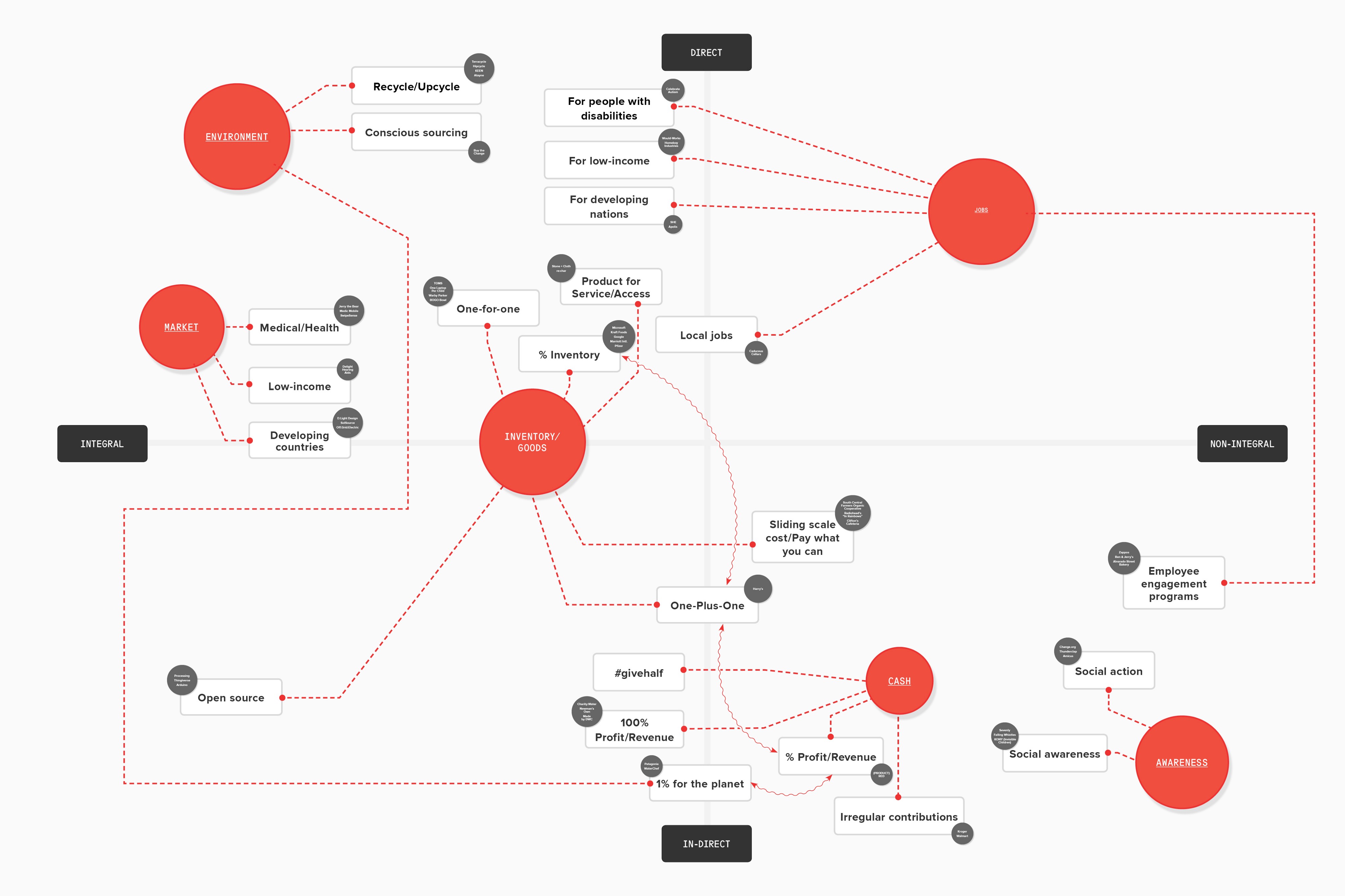
 From Models of Impact
From Models of Impact
DESIGNING BETTER STRATEGY
And finally, I want to talk about how to design better business service. The reality is the consultancy / agency world is rife for disruption. People say strategy is dead and are foregoing 5-year plans for no plan. So how might we design a better service? What is the best way to deliver management consulting and strategic marketing advice to clients / businesses?
One idea is to break apart the huge, multi-stage engagements that we?ve become accustomed to, and build smaller, structured experiments where tinkering and iterating is easier, and resourcing talent is more flexible.
I?m calling on all the purpose-driven, talented, intelligent, creative designers, consultants, developers, marketers, writers and researchers that are looking for a better way to work. Together, we can design a better sector. We can join forces as a member-owned collective. We can be simultaneously independent and networked, collaborate and work remotely, move often and sit still when we need to, and all the other contradictions that define our generation.
Let?s not wait for our industry to become disrupted, let?s disrupt it ahead of schedule. If you?re still reading, you must be on the same page, you hear me. Why don?t you drop me line and get in touch. Together, I?m sure we can design a better world.

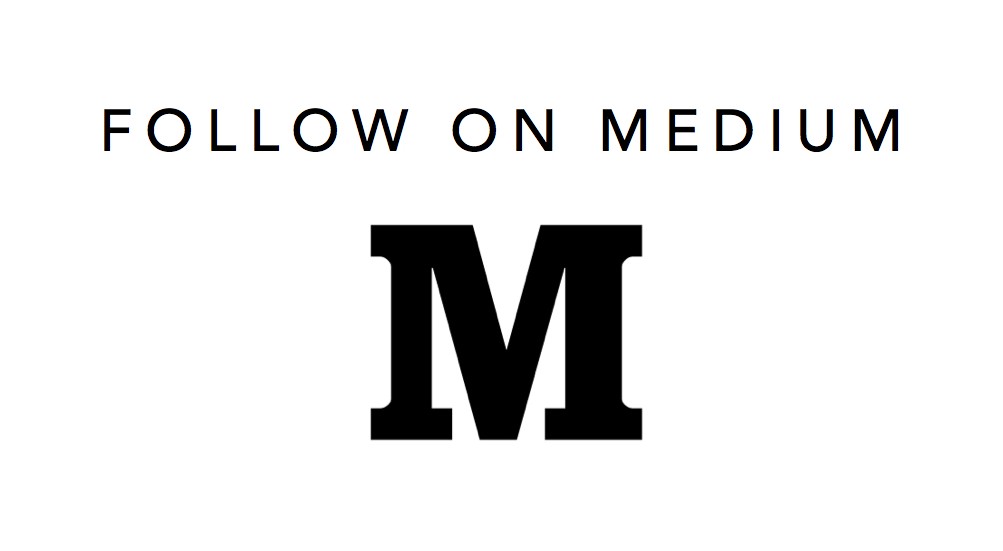
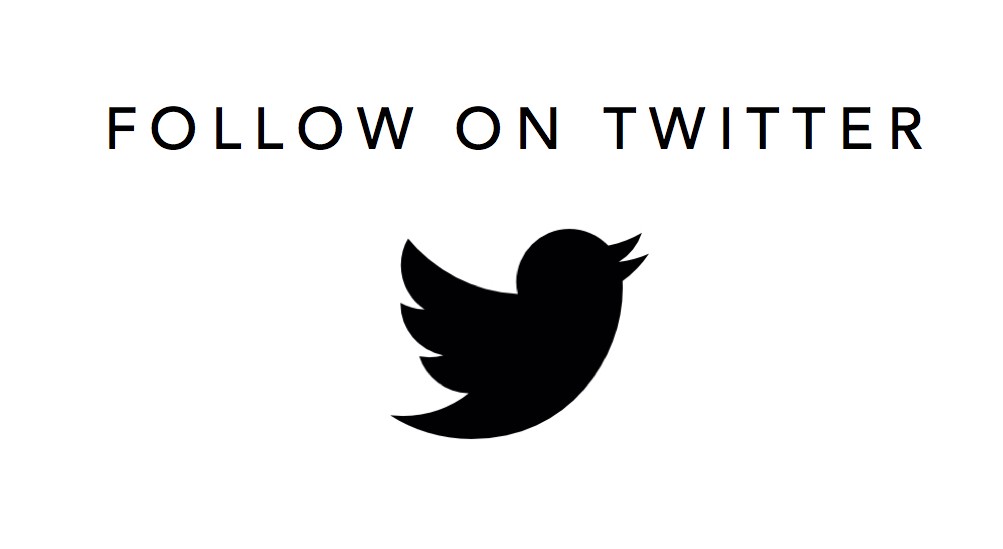
Hello, I?m Kim Soko Schaefer, the founder of Ways & Meaning, a curated collection of resources for mindful entrepreneurs.
PREVIOUSLY 4. Towards Corporate Humanities
NEXT: 6. When Your Purpose Changes
